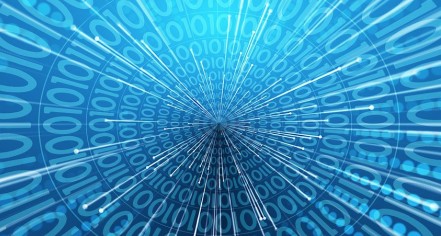
Artificial Intelligence | Difference between Rule-based AI and Machine Learning
Jan 19, 2018
AI or artificial intelligence
AI, or artificial intelligence, most broadly defined is the ability of machines or software processes to mimic intelligent human behavior. AI is a complicated subject with many aspects. To begin, let’s focus on two major types of AI, rule-based AI and machine learning.
Rule-based AI
Rule-based AI has been around for a long time. It is based on traditional computer programming techniques that precisely define a situation or process along with all the alternative outcomes and decision rules that lead to each outcome. As complex and sophisticated as some may be, they reduce to a series of: if this happens, do that; if not, do this decision trees. The system is only as smart as the programmers and information used to define it and is typically not capable of learning based on experience.
Machine learning
Machine learning is radically different. The system, typically a neural network, is configured with a variety of layers, biases and mathematical functions that define its learning operation, but virtually nothing is given about the situation or process to be performed, except the criteria that determine success or failure. The advantage here is significant. We don’t need to precisely understand or define the situation or process, we train the machine with a set of experiences so it learns to make the proper choice with no other human input.
In the past decade, machine learning, particularly deep learning, has been very successful at performing as well or better than humans at number of tasks and functions. We’ll discuss how this applies to business and accounts receivable in later posts.


